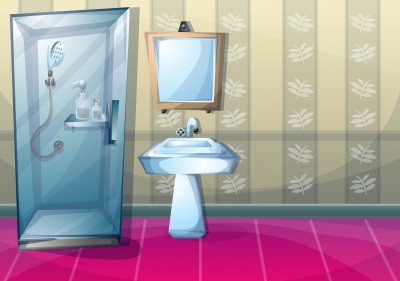Sustainable Practices for a Spotless Home
 Creating a clean and organized home doesn’t have to come at the expense of the environment. By adopting sustainable practices, you can maintain a spotless home while minimizing your ecological footprint. From using eco-friendly cleaning products to reducing waste and conserving resources, there are numerous ways to make your cleaning routine more sustainable. In this article, we will explore effective strategies and habits that promote both cleanliness and environmental consciousness.
Creating a clean and organized home doesn’t have to come at the expense of the environment. By adopting sustainable practices, you can maintain a spotless home while minimizing your ecological footprint. From using eco-friendly cleaning products to reducing waste and conserving resources, there are numerous ways to make your cleaning routine more sustainable. In this article, we will explore effective strategies and habits that promote both cleanliness and environmental consciousness.
Table of Contents
Sustainable Cleaning Products
One of the key aspects of maintaining a sustainable home is using eco-friendly cleaning products. Traditional cleaning agents often contain harmful chemicals that can negatively impact both our health and the environment. Opt for environmentally friendly alternatives such as natural cleaners, plant-based solutions, or homemade cleaning products using non-toxic ingredients. These options are not only safer for your health but also biodegradable, reducing their impact on water systems and ecosystems.
Efficient Water Usage
Water is a precious resource, and conserving it is essential for sustainability. Adopting efficient water usage practices during cleaning can significantly reduce your household’s water consumption. Use a bucket instead of running water when mopping floors, turn off the tap while scrubbing dishes or brushing teeth, and fix any leaks promptly. Additionally, consider investing in water-efficient appliances, such as low-flow showerheads and faucets, to further minimize water wastage.
Energy Conservation
Reducing energy consumption is another important aspect of sustainable cleaning practices. Try energy-efficient cleaning equipment, such as vacuum cleaners with high energy ratings. Whenever possible, utilize natural light for cleaning tasks during the day and switch to energy-saving LED bulbs. You can also wash laundry in cold water and air-dry clothes whenever feasible to save energy and preserve the longevity of your garments.
Waste Reduction and Recycling
Cleaning activities often generate a significant amount of waste, but adopting waste reduction and recycling practices can make a substantial difference. Recognize the environmental impact of the waste generated during cleaning, including packaging materials and outdated items. Implement waste reduction strategies such as composting organic waste, recycling packaging materials, and donating or repurposing unwanted items. Digitizing old home videos is also a nice move to sustainability, considering the duration of old VHS tapes, digitizing them is a sustainable option to reduce physical storage needs. If you lack the necessary resources or expertise for the conversion process, it is advisable to consider engaging a professional VHS-to-digital converter to ensure optimal results.
Sustainable Cleaning Habits
In addition to product choices and waste reduction, incorporating sustainable cleaning habits into your routine can make a significant impact. Use cleaning tools made from sustainable materials, such as bamboo or recycled plastic. Opt for reusable microfiber cloths instead of disposable wipes, and choose washable mop pads rather than single-use alternatives. By embracing these habits, you not only reduce waste but also save money in the long run.
Maintaining a spotless home can be achieved sustainably by adopting eco-friendly practices and making conscious choices. From using sustainable cleaning products and conserving water and energy to reducing waste and embracing recycling, every step counts towards a cleaner and greener home. By incorporating these sustainable practices into your cleaning routine, you can contribute to a healthier environment while enjoying the benefits of a spotless and sustainable living space.
Remember, sustainability starts at home, and by making small changes, you can create a cleaner and greener future for yourself and generations to come.









